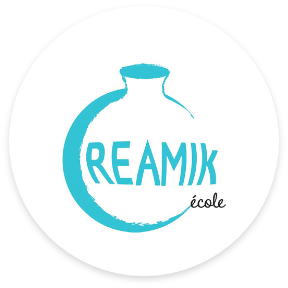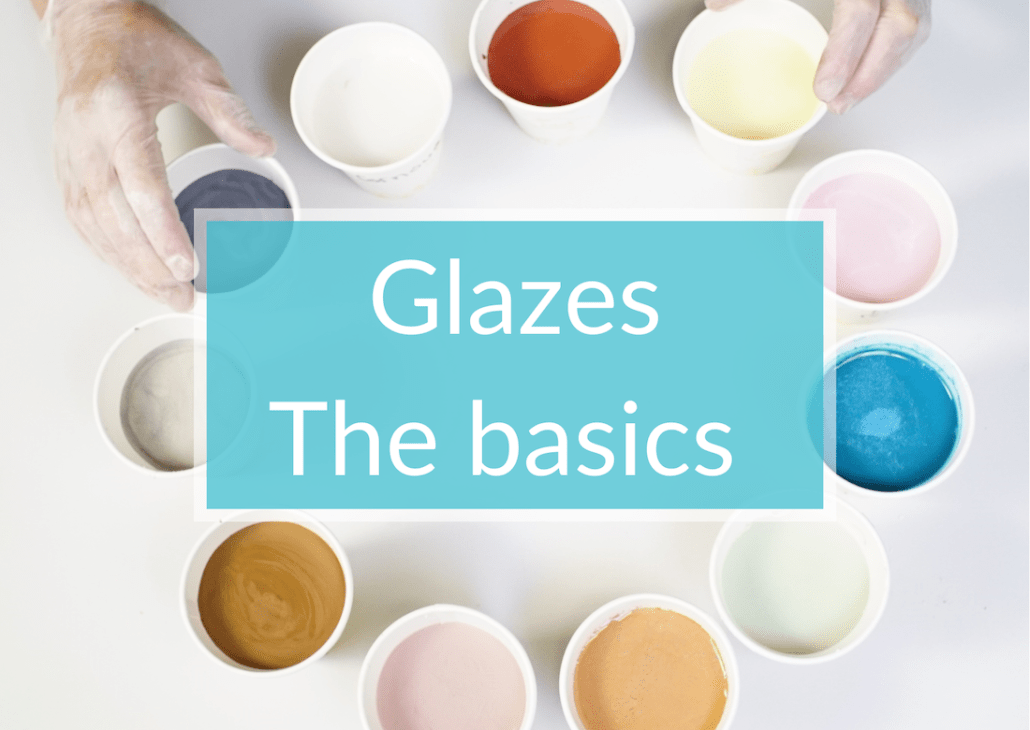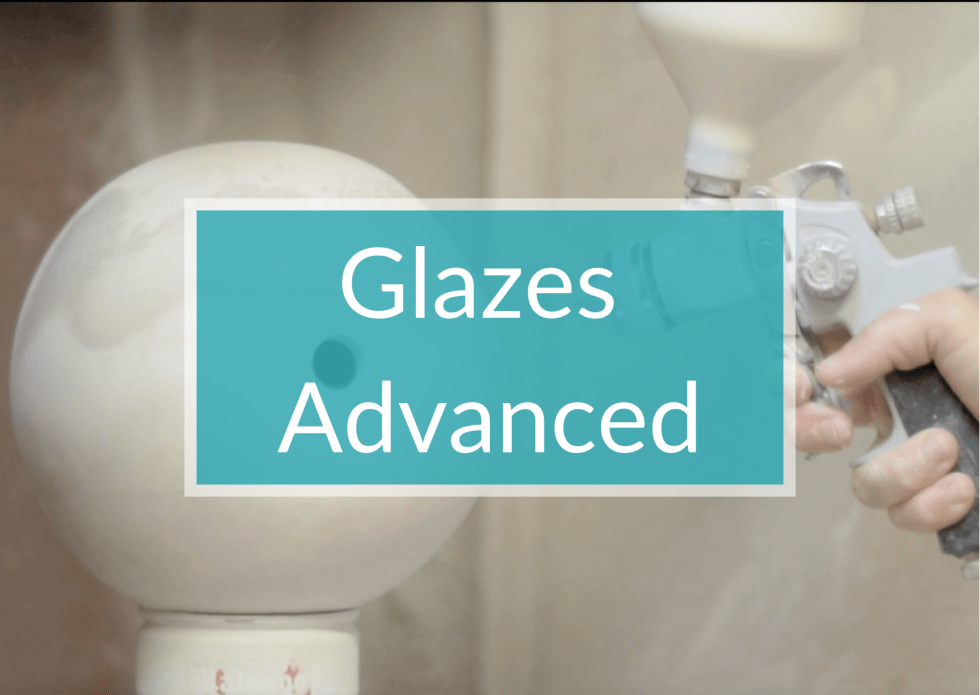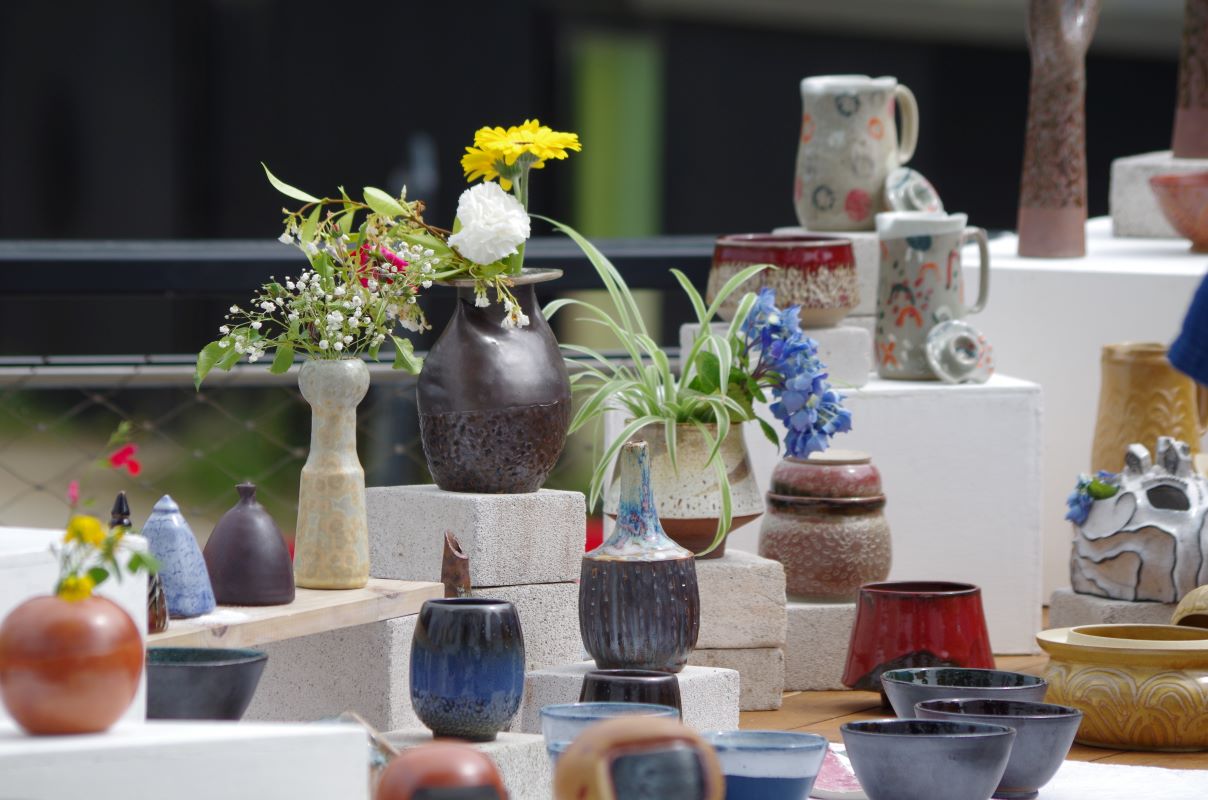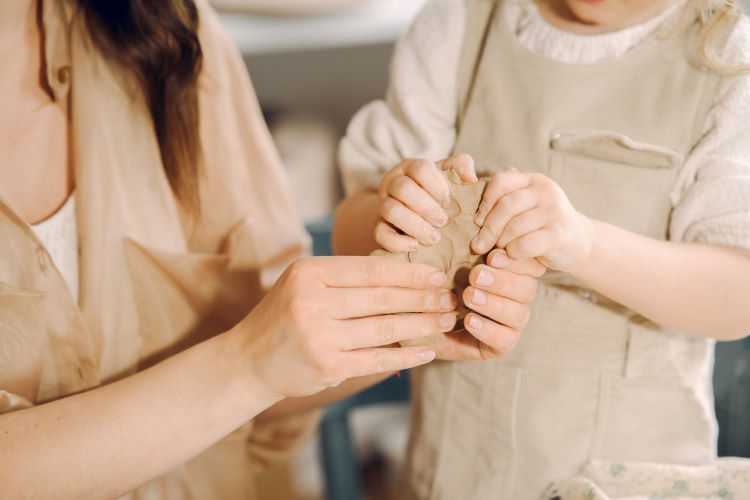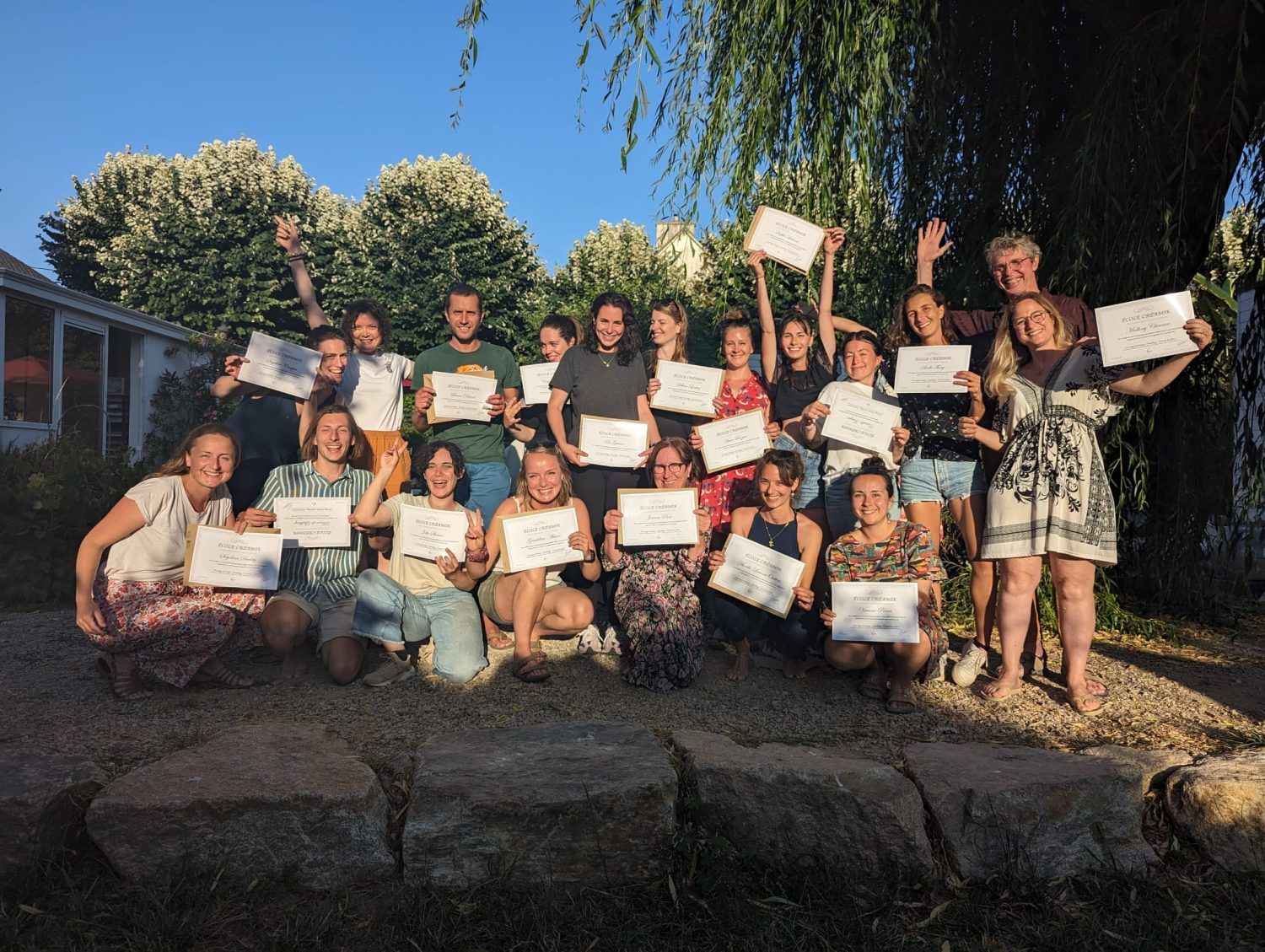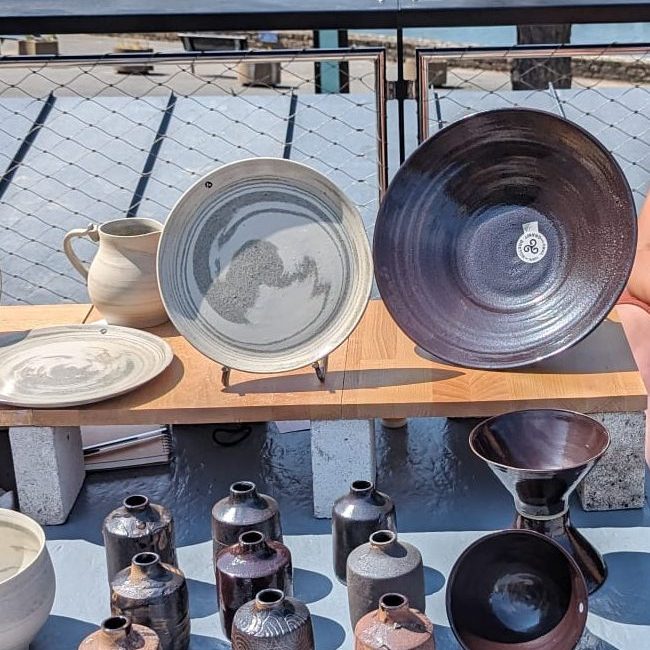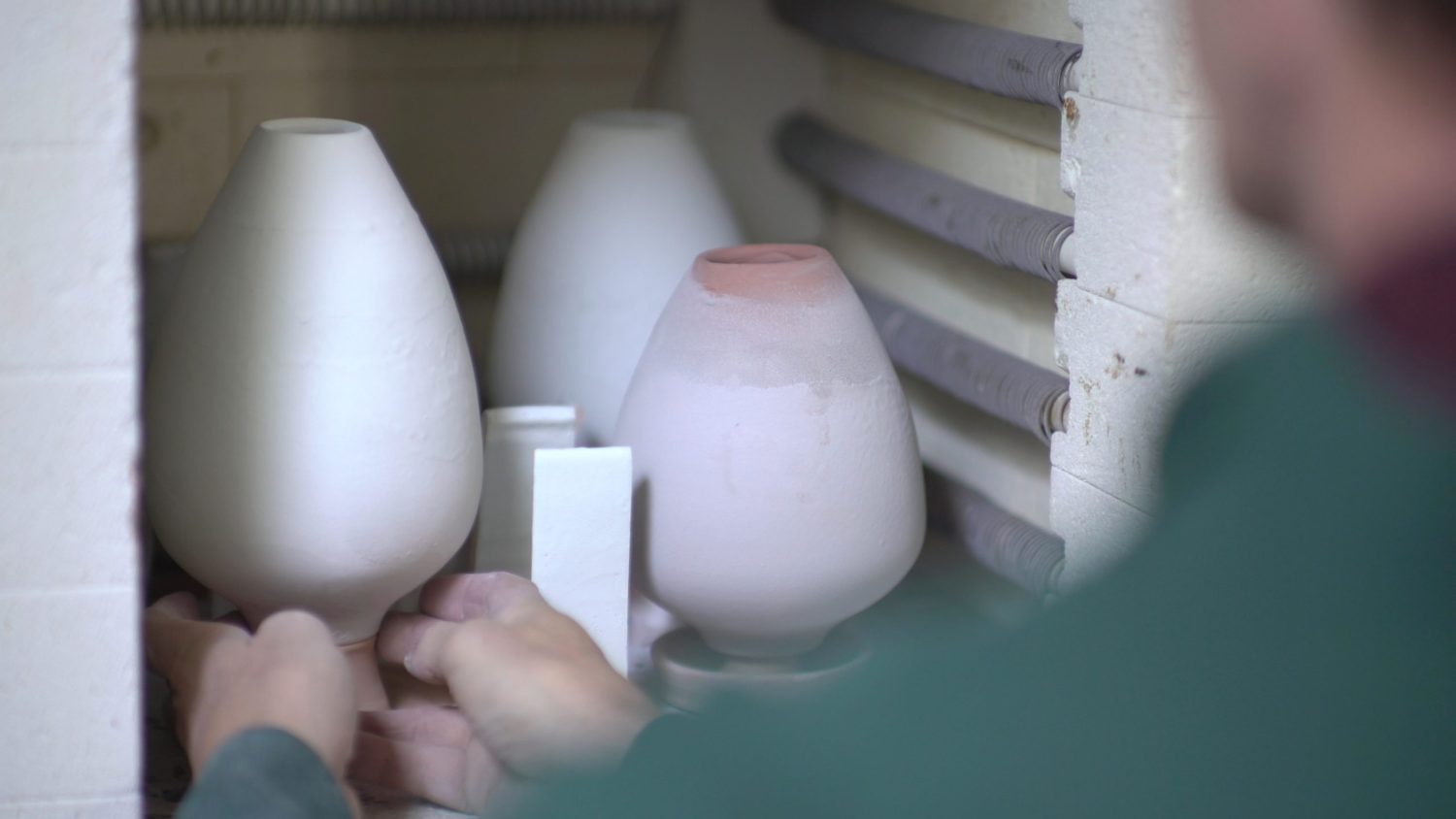From beginner to professional : choosing the right ceramic courses

From simple introductions to professional retraining, the world of ceramics offers a range of training courses as rich and varied as glaze itself: immersive internships in ceramic studios, online courses to take at your own pace, certified professional training courses, or even informal apprenticeships with local ceramicists—there is a path for everyone. This article will help you find the one that matches your objectives and your daily routine.
1. For the curious and the enthusiastic: learning as you go
a) Introductory classes
When you feel drawn to pottery without really knowing why, even if you’ve never touched clay before, it’s normal to want to give it a try. An introductory ceramics class is ideal for investigating this impulse, which may have been sparked by an inspiring video, an exhibition, or a chance encounter.
The easiest way to find this type of class today is through Wecandoo, a platform that connects ceramicists and enthusiasts via one- or two-hour introductory sessions. It’s a great way to step into a studio, meet a teacher, and try your hand at hand building or throwing, with no commitment.
If you can’t find anything near you, don’t hesitate to contact artisans directly. Many ceramicists, even if they may not have the infrastructure to organize regular classes, are happy to give a one-off beginner’s pottery class. Setting up a complete course requires equipment and time, but offering a short workshop for a motivated individual is much simpler.
This can take a little research and determination, as potters can sometimes be difficult to find online.
b) Weekly classes
Weekly ceramics classes are a great way to improve over time, but finding a class can be tricky.
- In big cities, pottery classes are in high demand. Ceramics is all the rage—as recently shown in a Reddit ad that perfectly summed up the current craze in Paris. The picture above shows the ad stating: “ Does a Parisian who doesn’t practice pilates, rock climbing or ceramics exist?”.
- In rural areas, there is the opposite difficulty: there are often few or no places offering regular classes nearby.
The result: as you’ve probably noticed online, it’s often difficult to find information about ceramicists and the opportunities they offer if you don’t already know a little about them in your area.
We’re working on a website that aims to make the world of ceramics more accessible through clear and effective communication. Think of it as a “Google Maps” for ceramicists, making it easy to connect enthusiasts and professionals. (We’ll come back to it in more detail later in the article.)
c) Short, intensive courses
If you want to go beyond a simple class, pottery courses are a must. More expensive but also more rewarding, they cover all aspects of ceramics, widening your horizons.
Ceramics is a much broader field than one might initially imagine: throwing, hand building, raku, creating glazes, decorating surfaces, working with earthenware, stoneware, porcelain… Each technique is a world unto itself. Taking part in a course means discovering this diversity, trying out different approaches and sometimes even finding your own speciality, your path, your artistic identity.
Another advantage of intensive courses is their pace: a week of full-time training gives you a concrete glimpse of the pace of professional training and the daily life of a ceramicist. It’s a valuable experience, helping you decide if this profession is right for you.
This is exactly what École Créamik offers with its intensive throwing workshops in French (the next one will take place from October 27 to 31): total immersion in order to make quick progress, but also to gauge what the profession really entails.
d) Online courses
Online pottery may seem paradoxical… yet online courses are proving to be an incredibly effective tool. After eight years, we have seen the progress made practicing at home when supported by instructional videos.
Of course, nothing can completely replace the presence of a teacher in the studio, correcting technique. But for those who don’t have access to regular classes, or who want to deepen their knowledge between sessions, online classes are a valuable asset. They allow you to review the basics, visualize each step of the creative process, and explore new forms.
At Créamik, we believe in the complementary nature of online teaching and studio practice. That’s why we are launching a partnership programme: studios benefit from a preferential rate, while receiving a share of the sales. For students, this means 50% off all our online courses. Feel free to contact us at matthieu@creamik.com to set up this partnership.
2. For future professionals: from passion to profession
If ceramics is more than just a hobby for you and you are considering a career change, comprehensive training leading to a qualification is the way forward. Ceramics is a passion, and there are several paths to becoming qualified.
- The benchmark qualification: the CAP in Ceramic Throwing
The CAP (Certificat d’Aptitude Professionelle) is the French national diploma that certifies basic qualifications to practice the potter’s craft in France. It is the benchmark for certifying technical expertise in throwing. For those who want to go further, it can be supplemented by other diplomas such as the BMA (Brevet des Métiers d’Art) diploma, or the DN MADE diploma for those aiming for an even more creative and artistic approach.
There are two main paths, each with its own advantages and disadvantages.
Here is a simplified summary:
| Path 1: Schools and vocational training centres | Option 2: Preparing as an independent candidate | |
| The principe | This is a long-term training programme (usually lasting one year) at a specialised institution. These centres provide intensive training and generally offer additional components that are not required for the CAP. Examples include glaze production, plaster mould making, marketing, etc. | The student prepares for the exam on their own (often through online training or weekly classes) and takes the exam as an independent candidate. |
| Advantages | – Comprehensive supervision: programmes are structured to cover all technical and theoretical aspects of the diploma.
– Access to equipment: students have access to a fully equipped studio (wheels, kilns, etc.) and all professional materials. – Content and effectiveness: comprehensive training courses that prepare students for a career as a ceramicist in a concentrated timeframe, enabling them to set up their own studio upon completion of the course. – Immersive learning: group work and the constant presence of instructors create an environment conducive to learning and exchange. – Funding: these training courses are often part of funding organizations (CPF, Pôle Emploi, Transition Pro, etc.). |
– Flexibility: convenient for adults undergoing retraining who cannot stop working. You study at your own pace, while fulfilling professional or family obligations.
– Lower cost: cheaper than face-to-face training, it reduces travel and accommodation expenses. (However, the personal investment in equipment and materials (wheel, kiln, clay, etc, must be taken into account.) – Autonomy: This path fosters independence. |
| Disadvantages | Cost and commitment: Training represents an investment in terms of time and money. It requires you to be available for face-to-face classes and, depending on your location, to move or travel to the location.
– Less flexibility: You have to follow the schedule and pace set by the institution. |
– Discontinuity: this generally takes more time: preparation is done alongside other activities, learning is less structured and more haphazard. As a result, instead of ten months of training, it can sometimes take several years to reach the same level.
– Discipline: Requires great rigour and strong motivation to work alone. – Access to equipment: You need to have a potter’s wheel and a kiln (or rent space in a shared studio) in order to practice. – Lack of supervision: Support is less personalized than it would be within an organization, and there may be a lack of day-to-day guidance. |
Mandatory internships:
Since September 2024 in France, all CAP candidates learning to throw pots must complete between 5 and 14 weeks of internship in a studio.
- For 100% online courses: 14 weeks of internships are now mandatory.
- For in-person schools: the duration varies by region and depends on the school.
For example, the Créamik school curriculum includes 5 weeks of internships in external studios.
Our opinion on choosing to study independently
Many independent students today combine internships, regular classes, and online learning. That’s a great thing: thanks to digital technology, expertise is becoming accessible to many, regardless of where they live or their financial means.
However, at Créamik, we would like to point out that 100% online learning is not enough to reach a professional level. To make real progress, it is essential to receive regular, concrete feedback on your posture, movements, and progress. Without this guidance, many discover too late, on the day of the exam, that they are not at the expected level.
That’s why we advise candidates to make contact – from the outset and regularly thereafter – with professionals who can offer them critical and constructive feedback. A few meetings throughout the year are not enough: to correct bad habits, adjust your practice, and make effective progress, it is essential to have close support throughout the process.
The CAP requires a high level of expertise, and as an exam center, we often see a clear difference between independent candidates and those who follow a structured course at a school.
In short: yes, it is possible to take the CAP as an independent candidate, but it requires a great deal of tenacity. In addition, it is important to be aware that the minimum level required to obtain the diploma is already high, but still insufficient to make a living from your production. Doing “just enough” for the exam does not mean you have mastered the craft. Producing aesthetic, original pieces, making them in large numbers and in small series of identical pieces, at a profitable rate, requires a level of skill and dexterity that far exceeds the minimum level required for the CAP.
What is the purpose of the CAP in ceramics?
It is possible to become a professional potter without having the CAP (your customers will not check your qualifications before buying your pieces…) and, as we have seen, having the CAP qualification does not necessarily mean you are at the level required to make a living. So what is the purpose of this qualification?
First and foremost, the CAP in ceramics brings personal satisfaction and official recognition of your skills. It can also be useful in certain situations:
- to access teaching positions
- to facilitate a bank loan when setting up a studio.
It was originally designed to train factory potters who specialised solely in throwing pottery. In this context, it was not necessary to know how to glaze, fire, or manage the entire creative process. Today, ceramicists must know how to create a piece from start to finish, and to manage their business.
3. Going beyond the CAP : comprehensive training to stand out from the crowd
To make a living from ceramics as an independent artisan, you need to develop three complementary areas of expertise:
- Advanced technical skills
Learn to master the entire creative process: preparing glazes, perfecting firing techniques, understanding and correcting technical failures.
Also explore production methods that increase profitability, such as the use of plaster moulds or other tools adapted to a professional pace.
- Artistic development
Devote time to research and explore, guided by professionals, transforming technique into a personal style.
This also means learning to refine your eye, find your identity, and build a recognizable aesthetic signature.
- Entrepreneurial skills
Setting up a studio involves strategic choices: drawing up a business plan (knowing how to calculate costs to ensure the studio’s long-term viability), setting realistic and appropriate prices, and managing production.
But it also means knowing how to make yourself visible: knowing how to present yourself, identifying the right communication channels (designers’ markets, shops, galleries, websites, social networks), and creating a lasting relationship with your customers.
Example: Créamik School
This comprehensive approach is precisely what the Créamik School offers with its one-year professional programme. The training covers all the elements necessary to become a professional: from advanced techniques to artistic development, including practical training in studio management.
The goal is clear: to enable ceramicists to complete their training with not only a CAP (vocational training certificate) but also real autonomy, so that they are able not only to produce, but also to stand out as artists and build a sustainable business.
Finally, Créamik does not stop at the one-year training programme: the school functions as a living community where alumni continue to exchange ideas, share resources, and find support. It is a way to extend the learning process and ensure that no one is ever alone in their studio.
4. Open House at Créamik School!
Put the date in your calendar : on Saturday, October 18, 2025, our studio will be opening its doors to the public. This is the perfect opportunity to discover a training programme where technique and understanding come together.
Here’s what you can expect on this special day:
Meet at 2 p.m. for a group presentation, followed by small group tours of the studio.
=> For those who can’t make it to the studio, the presentation and tour will be livestreamed on our Instagram account @ecole_creamik.
Allow about two hours on site to give you time to discover everything, soak up the atmosphere, and talk to the teachers. This is a special opportunity to explore the possibilities offered by the school and to feel the spirit that drives it.
Good news: no reservation is necessary!
Créamik School, a creative community
The world of crafts encompasses a wide variety of environments, from small individual studios to large schools. At Créamik School, we cultivate a friendly, intimate atmosphere that fosters strong bonds between students and instructors.
In an often competitive professional environment, we emphasize mutual support and generosity. The bonds that are formed within the studio are a real source of energy and inspiration.
Our deep conviction: there is an artist in every student.
Every aspiring ceramicist has a unique sensibility and a personal way of expressing themselves. Our role is to pass on solid, proven techniques to reveal that uniqueness while developing a profitable business. Once these skills have been mastered, everyone can assert their identity and chart their own path in the craft.
Go from visiting to taking action!
The Open House is the perfect opportunity to confirm your choice. And if our philosophy has already won you over, we are now accepting applications for the following school year!
📅 See you on Saturday, October 18, 2025, at 2 p.m. 7 rue de Port Anna, 56 860, Séné, Brittany FRANCE (on site or on our socials at @ecole_creamik).
We will be happy to answer all your questions!
5. Want to learn more about the upcoming ceramics website?
👉 Imagine finally being able to easily find a ceramics studio near you, an intensive pottery course to improve your skills in a specific area, or an exhibition you won’t want to miss. Soon there will be the first comprehensive digital guide to ceramics and it will be free. Designed as an interactive map of ceramicists, it will bring together everything that makes the community beat: workshops, courses, classes, shops, markets, galleries, and schools. Whether you’re an enthusiastic beginner looking for a class, a collector searching for new creations, or a professional ceramicist wanting more visibility, you can count on this collaborative and free tool. CeraMapsWe aim to make it easy to discover, meet, and share information, in France – and soon around the world. Make sure you’re signed up to the Creamik newsletter (bottom of the page) so you don’t miss the website launch 🚀!
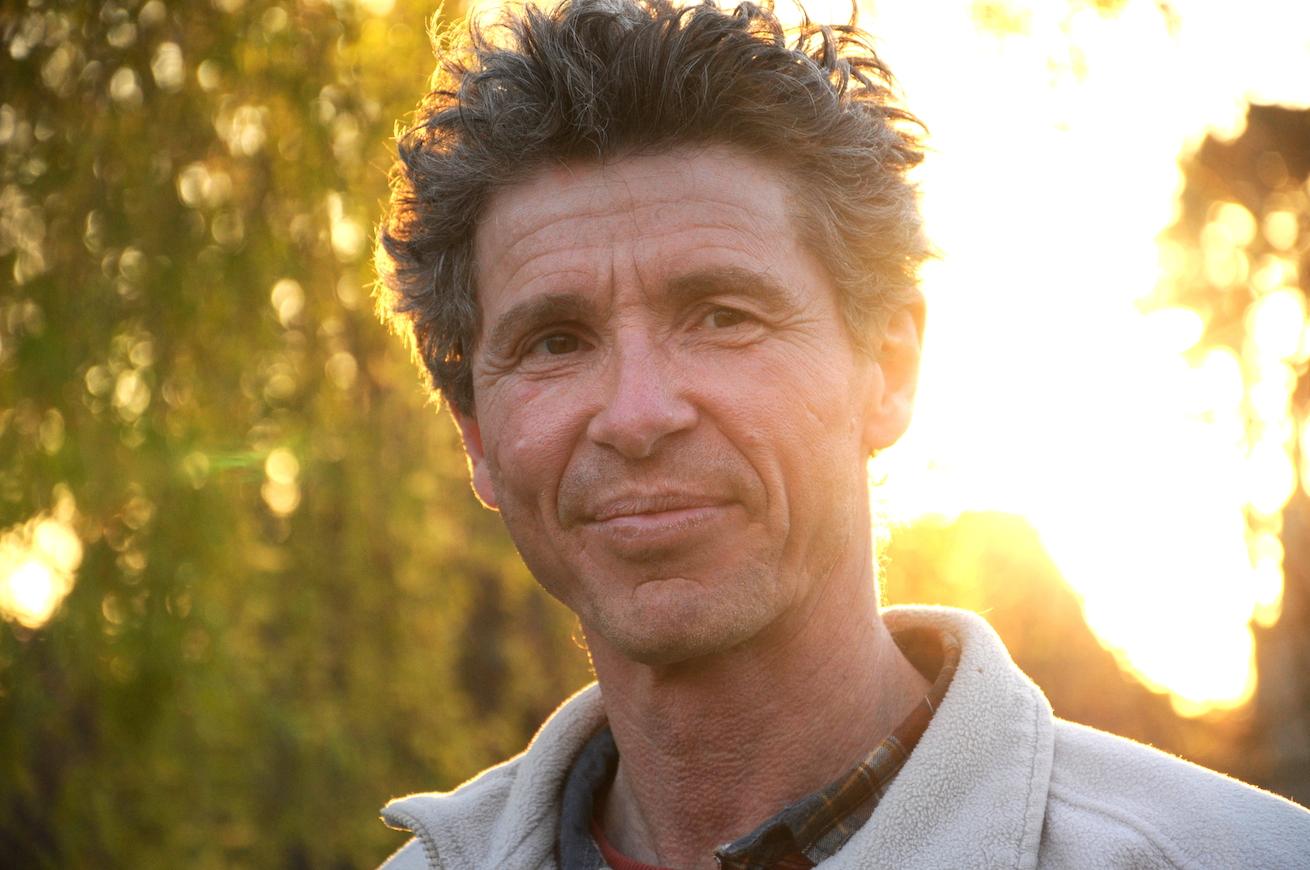
Resource centre
animated by Matthieu Liévois,
potter-ceramist for over 40 years and founder of the Creamik School
Find all the courses
Keywords
Don’t miss any more news from the Créamik school!
